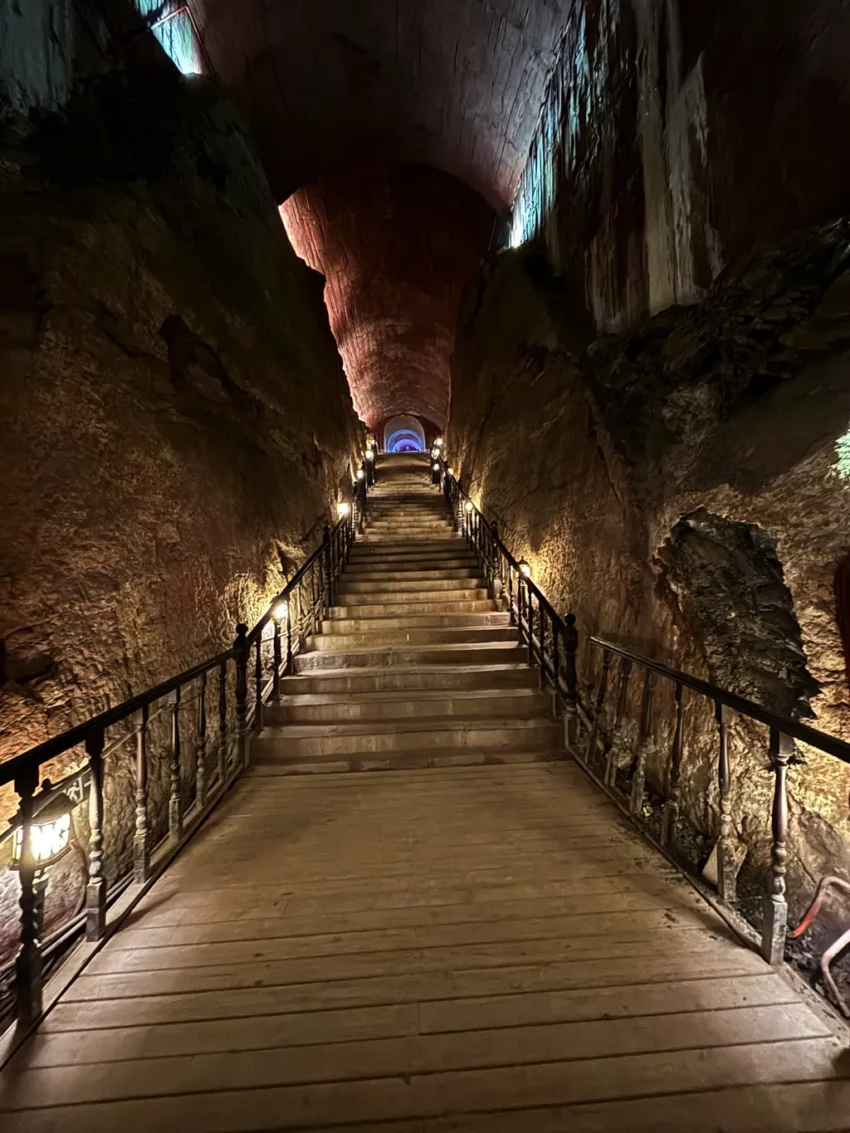The Historical Significance of King Minglu’s Tomb
King Minglu’s tomb, a significant archaeological site, offers a profound glimpse into China’s rich past. This tomb complex includes the resting places of several Ming Dynasty kings: King Luhuang, King Lujing, and King Lujuye. Each tomb provides unique insights into the era’s cultural and political milieu.
Get your dose of History via Email
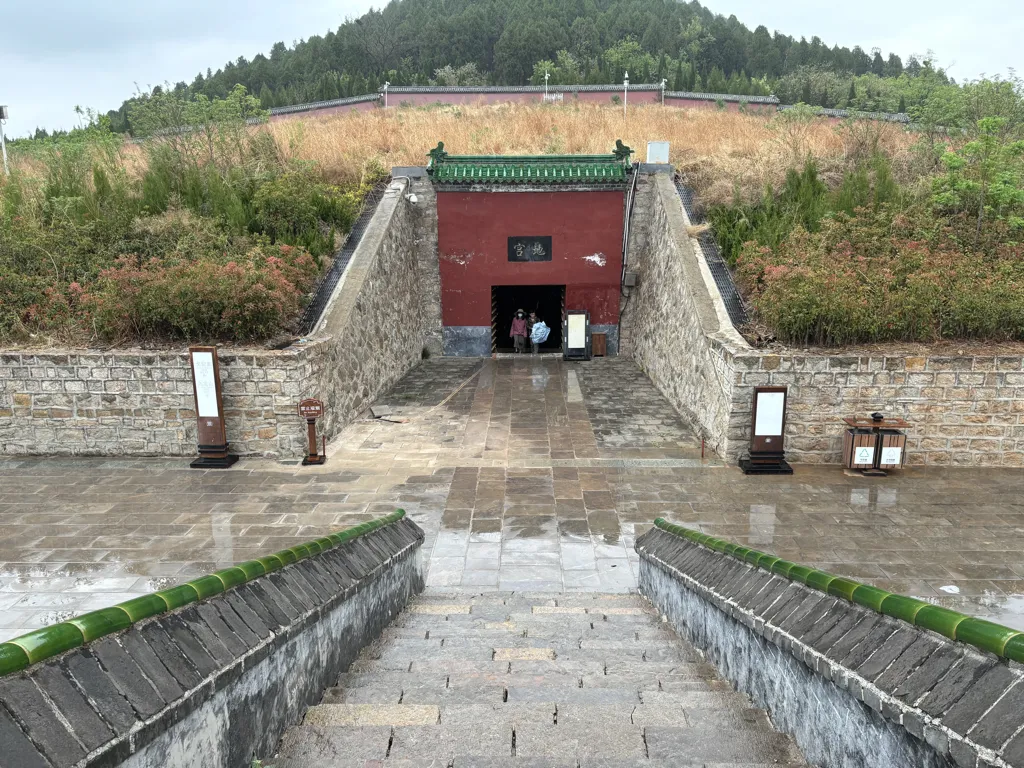
King Luhuang: A Pioneer in Ming Dynasty Burial Practices
King Luhuang, also known as Zhu Tan, was the tenth son of Zhu Yuanzhang, the founding emperor of the Ming Dynasty. Born in 1370 AD and deceased by 1389 AD, Zhu Tan’s burial site is at Jiulong Mountain’s southern foot in Zoucheng. His tomb, the largest among his contemporaries, set a precedent for future Ming royal burials.
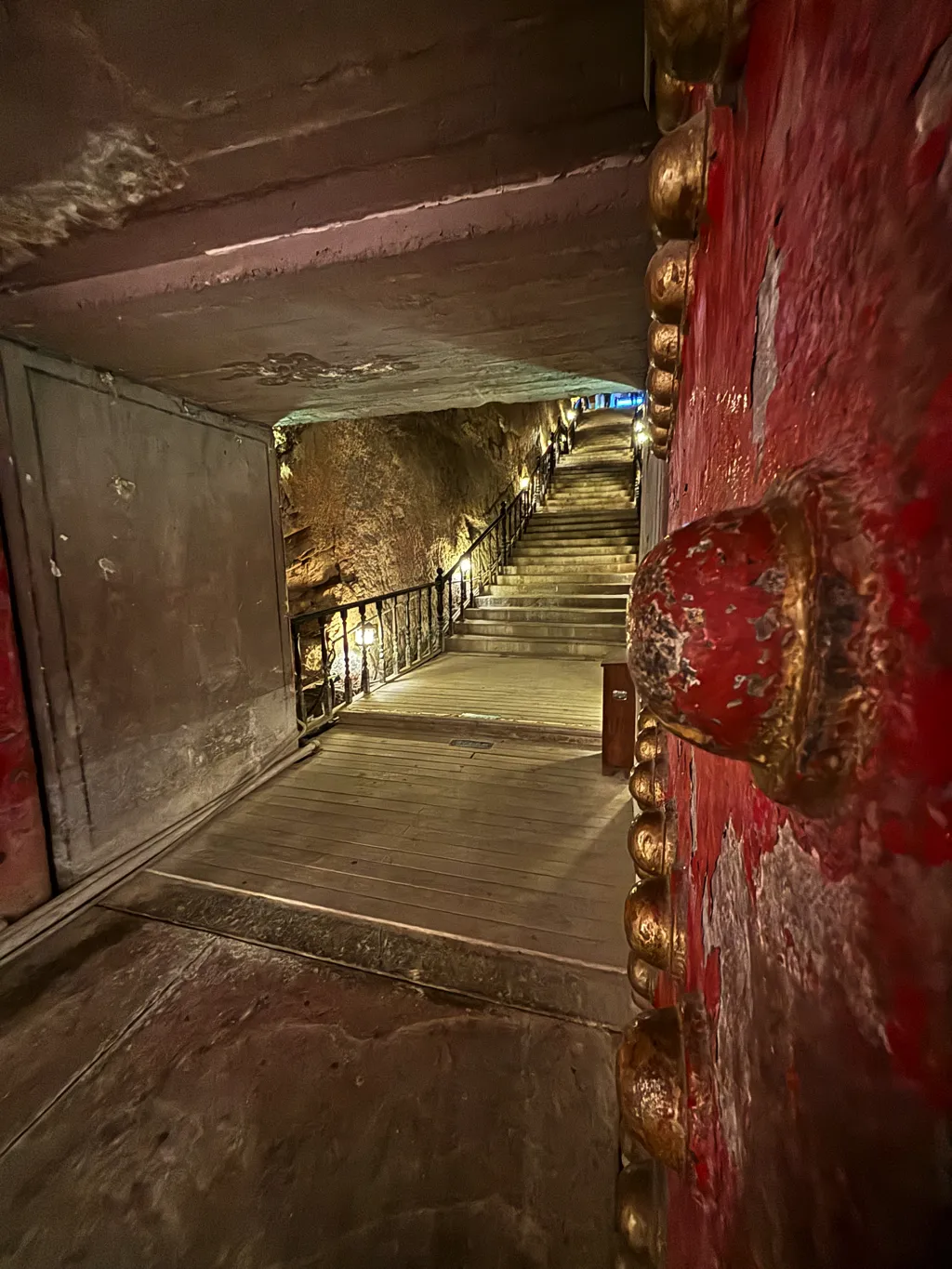
Archaeological Revelations and Cultural Insights
From 1970 to 1971, archaeologists unearthed over 2,000 artifacts from King Luhuang’s tomb. These items, including royal garments and intricately painted figurines, were remarkably well-preserved. The discovery of these relics has been pivotal in understanding the early Ming Dynasty’s burial customs and material culture.
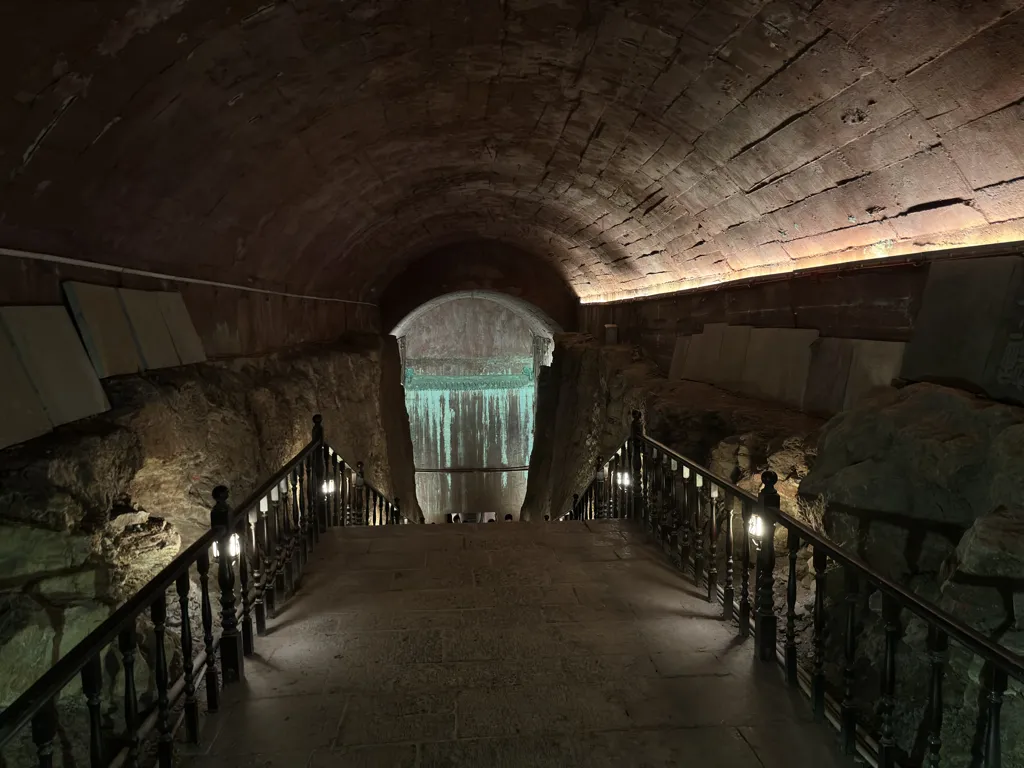
The Tomb’s Architectural Mastery and Symbolism
The tomb’s location and construction reflect the sophisticated geomancy (Feng Shui) principles of the time. Positioned strategically at Jiulong Mountain, the site aligns with various natural and man-made elements to harness spiritual and environmental energies. This alignment underscores the Ming Dynasty’s emphasis on harmony between nature and human endeavors.
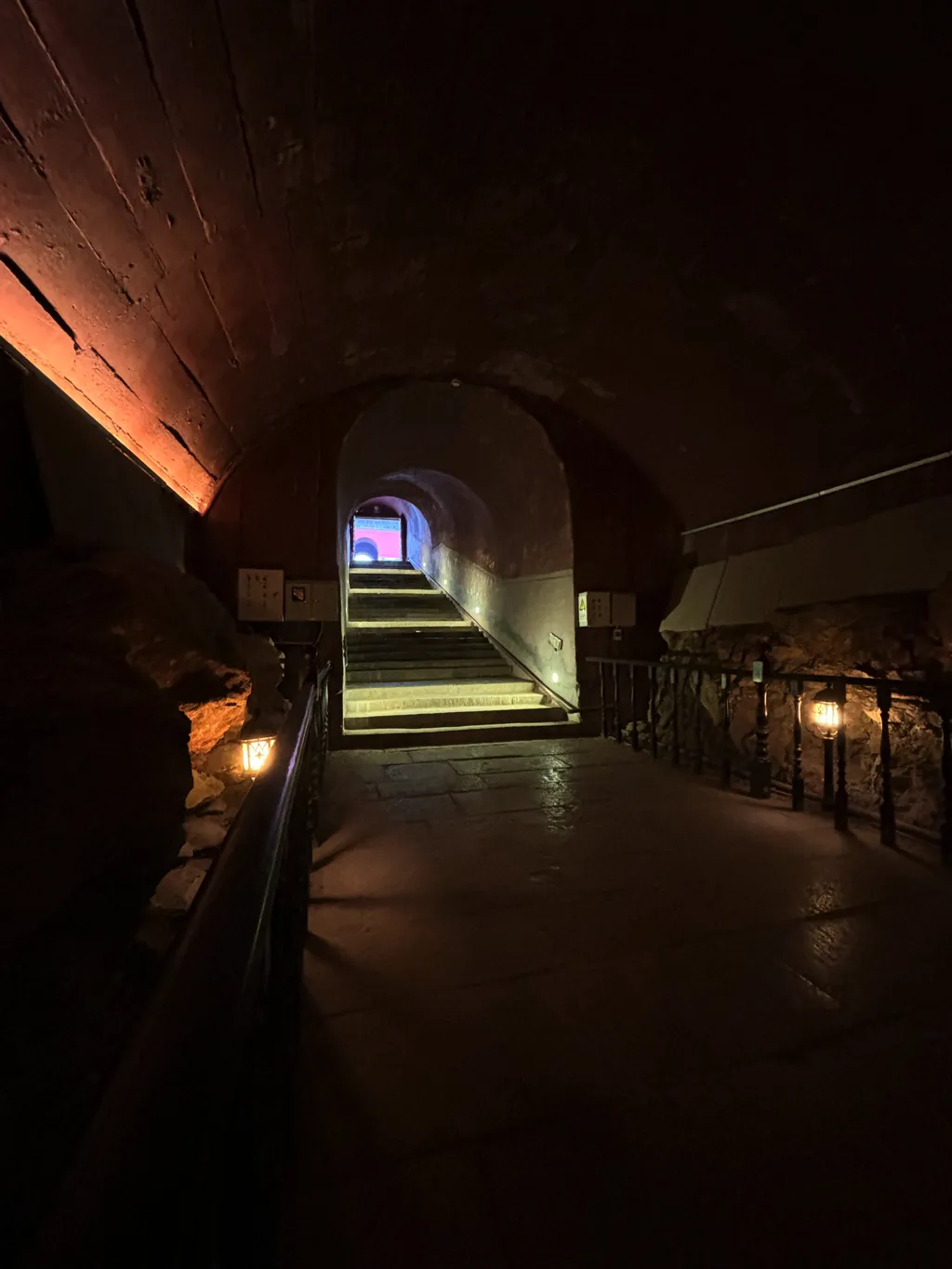
The Unearthed Treasures: A Link to the Past
The artifacts found within the tomb, such as the dragon robes and the jade belts, are not merely luxurious items; they symbolize the royal authority and the celestial order that the Ming Dynasty kings were ordained to uphold. These treasures offer us a tangible connection to Zhu Tan’s life and times.
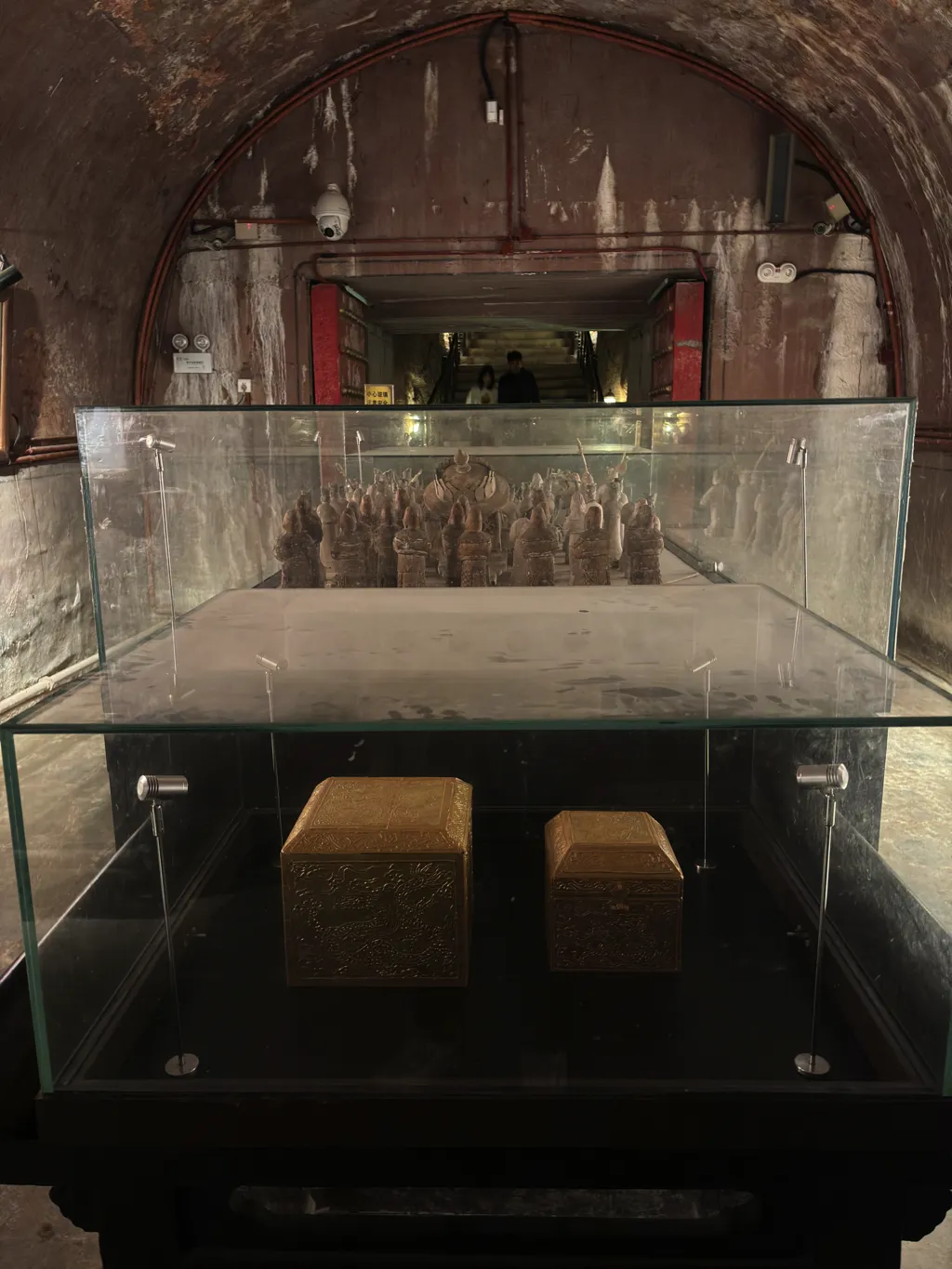
The Tomb Today: Preservation and Education
Today, King Luhuang’s tomb is protected as a key cultural heritage site. It serves as a vital educational resource that helps scholars and the public understand the Ming Dynasty’s historical context and its rulers’ lives. The ongoing preservation efforts ensure that this historical treasure continues to inform and inspire future generations.
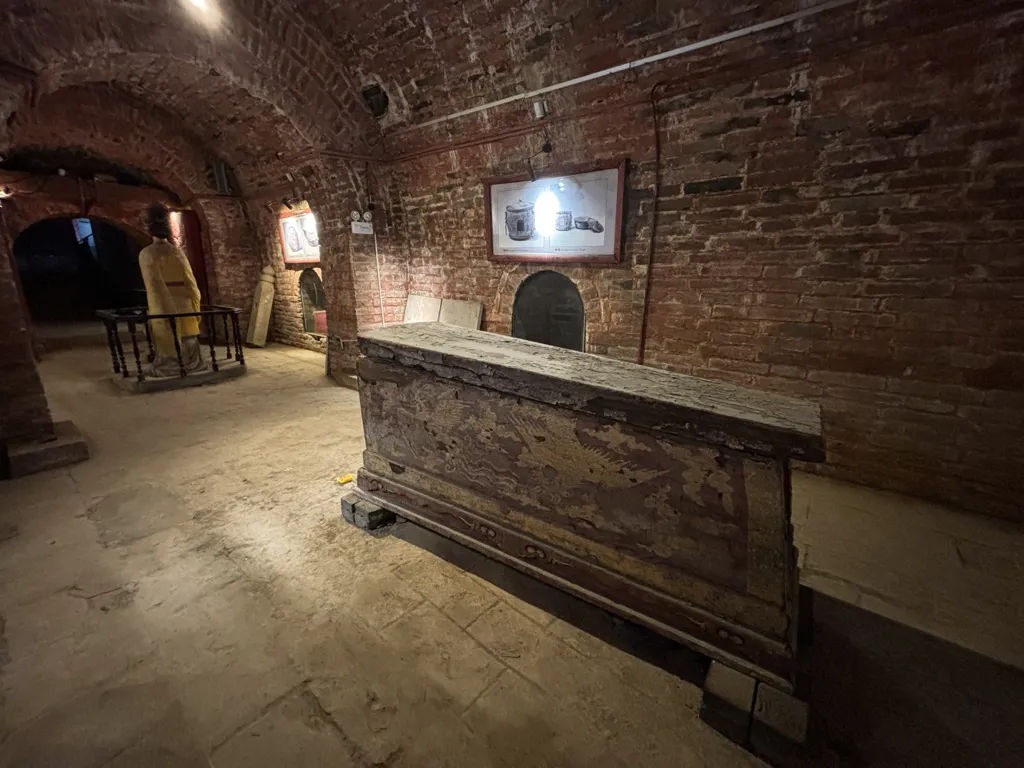
Conclusion: Reflecting on Our Ancestral Heritage
Visiting the tomb of King Minglu is like stepping back in time. It allows us to reflect on the complexities of historical narratives and the ways in which our ancestors’ legacies shape our understanding of the past. This site not only commemorates a king but also celebrates the enduring spirit of an era that significantly shaped the course of Chinese history.
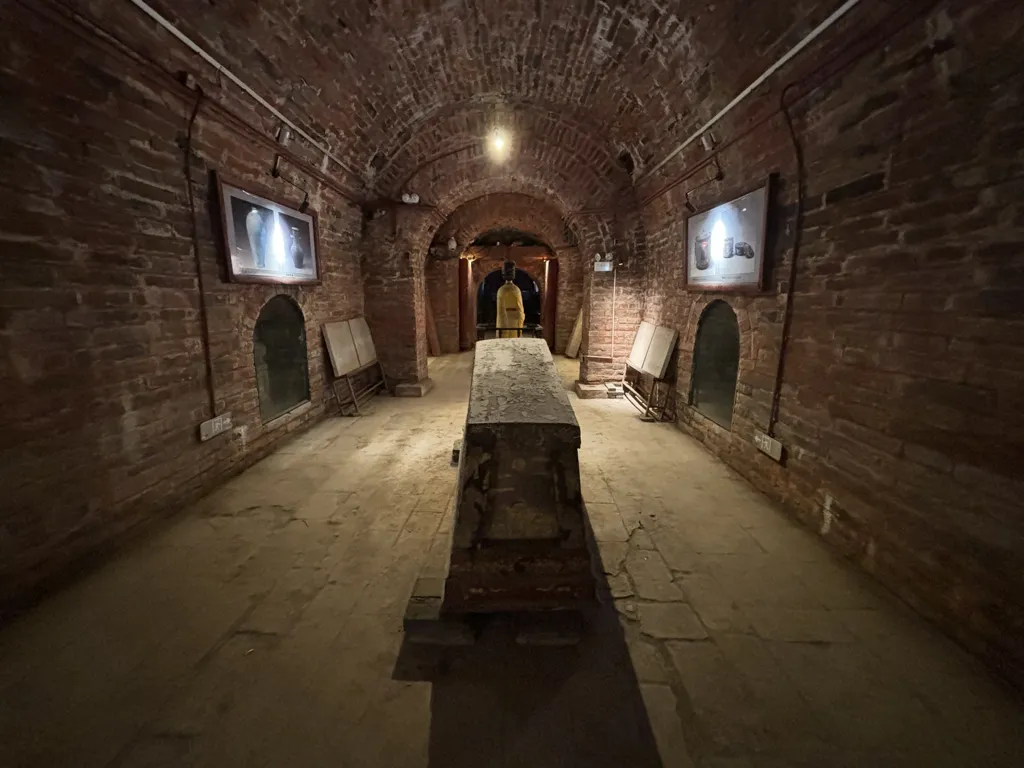
Sources:

